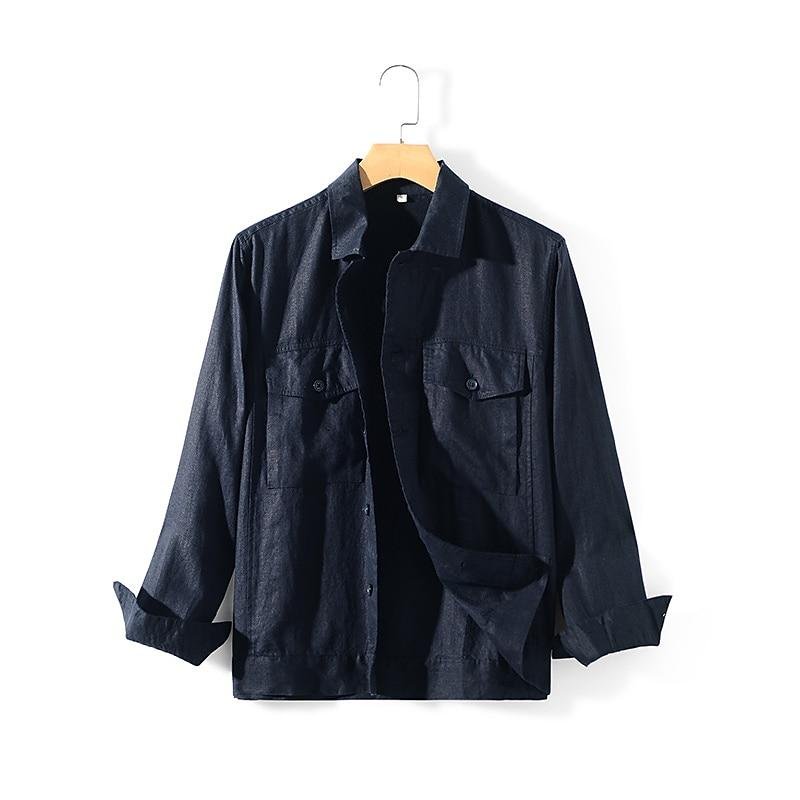Tag: fashion, clothing, evolution, style
In today’s society, fashion has become an integral part of our lives. We use it as a means of self-expression and a way to make a statement. But have you ever wondered how fashion came to be? Let’s take a journey through the evolution of clothing and see how it transformed from being solely functional to becoming synonymous with style.
The earliest form of clothing was purely for practical purposes. Our ancestors used animal skins and furs to protect themselves from harsh weather conditions. As civilization progressed, humans began weaving fabrics out of plants such as cotton and flax. These materials were still primarily used for protection rather than aesthetic appeal.
It wasn’t until ancient civilizations like Egypt and Greece that we start seeing elements of fashion emerge. Clothing became more ornate and served as symbols of social status or profession rather than just providing warmth or modesty.
Fast forward to the Middle Ages, where garments were still made for durability but also started incorporating decorative embellishments such as embroidery and jewels. This period saw the emergence of distinct styles based on class distinctions – nobility wore luxurious fabrics while peasants stuck with simple materials.
But it was during the Renaissance era when we first see fashion being used as a form of self-expression. People started dressing according to their personal taste rather than conforming to societal norms. The rise in trade also allowed for new fabrics like silk and velvet to enter the market, making clothing even more elaborate.
The Industrial Revolution marked a significant turning point in the history of fashion as mass production led to affordable ready-to-wear clothing options for all classes. With this accessibility came an increase in diversity within styles – from Victorian corsets and bustles to crinolines in the 19th century.
As we entered into the 20th century, designers like Coco Chanel revolutionized fashion by introducing comfortable and practical clothing for women, breaking away from the restrictive and elaborate styles of the past. This era also saw influential movements like punk, grunge, and hip-hop influencing fashion choices.
Today, fashion continues to evolve at a rapid pace thanks to advancements in technology and communication. With social media platforms like Instagram and TikTok creating trends overnight, clothing has become more than just functional or expressive – it’s now an integral part of pop culture.
In conclusion, the evolution of fashion reflects our societal changes over time. From being purely utilitarian to a form of self-expression and cultural significance, clothing continues to shape our identity and define who we are. Who knows what the future holds for fashion? One thing is certain – it will continue to surprise us with its ever-evolving nature.

